Easily Charge Hydrogen Cars with Plug-In Stations
The upcoming Honda CR-V FCEV (Fuel Cell Electric Vehicle) is equipped with a unique feature that sets it apart from other vehicles running on hydrogen. In contrast to the Toyota Mirai and Hyundai Nexo, the CR-V FCEV combines a hydrogen fuel cell and a plug-in battery pack, allowing owners to charge their vehicle at an electric charging station in situations where refueling with hydrogen is not feasible.
In a fresh YouTube clip, Honda gave a sneak peek of their latest bi-directional charging port, highlighting the ease and convenience it brings to the table for the crossover. Hydrogen has emerged as a promising substitute for fuel, but unfortunately, the infrastructure supporting it is lacking in development. This makes refueling a daunting task, unless one resides in areas like California where it is more accessible. However, things are not looking up, as Shell has decided to permanently close its hydrogen fueling facilities.
This can present difficulties if you are driving a traditional hydrogen car, but the CR-V FCEV has the ability to charge in a similar manner to a standard electric vehicle, making it quite convenient.



The two-way charging dock enables users to supply energy to various types of devices; the footage displays a motorist savoring a freshly brewed cup of coffee from a java machine connected to their car. While this is a typical component of electric cars, it’s atypical for a hydrogen-fueled automobile, setting the CR-V PHEV apart in its category.
The fuel cell system will be produced at Honda-GM’s manufacturing plant in Michigan, while the car will be built at the Performance Manufacturing Center in Ohio, which was formerly home to the Acura NSX. The latest hydrogen-powered engine was a joint effort between Honda and General Motors, and is said to have improved durability compared to Honda’s previous Fuel Cell motor, while also being more cost-effective to manufacture.
Honda has not yet disclosed any specifics about the battery capacity, fuel cell, mileage, or capabilities. However, we anticipate that more details will be made known upon the official unveiling of the vehicle.

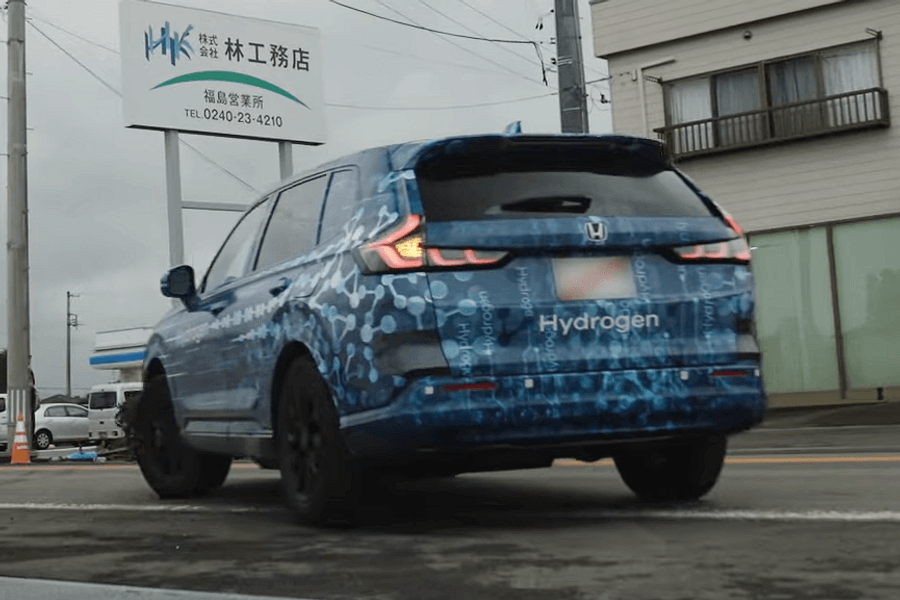
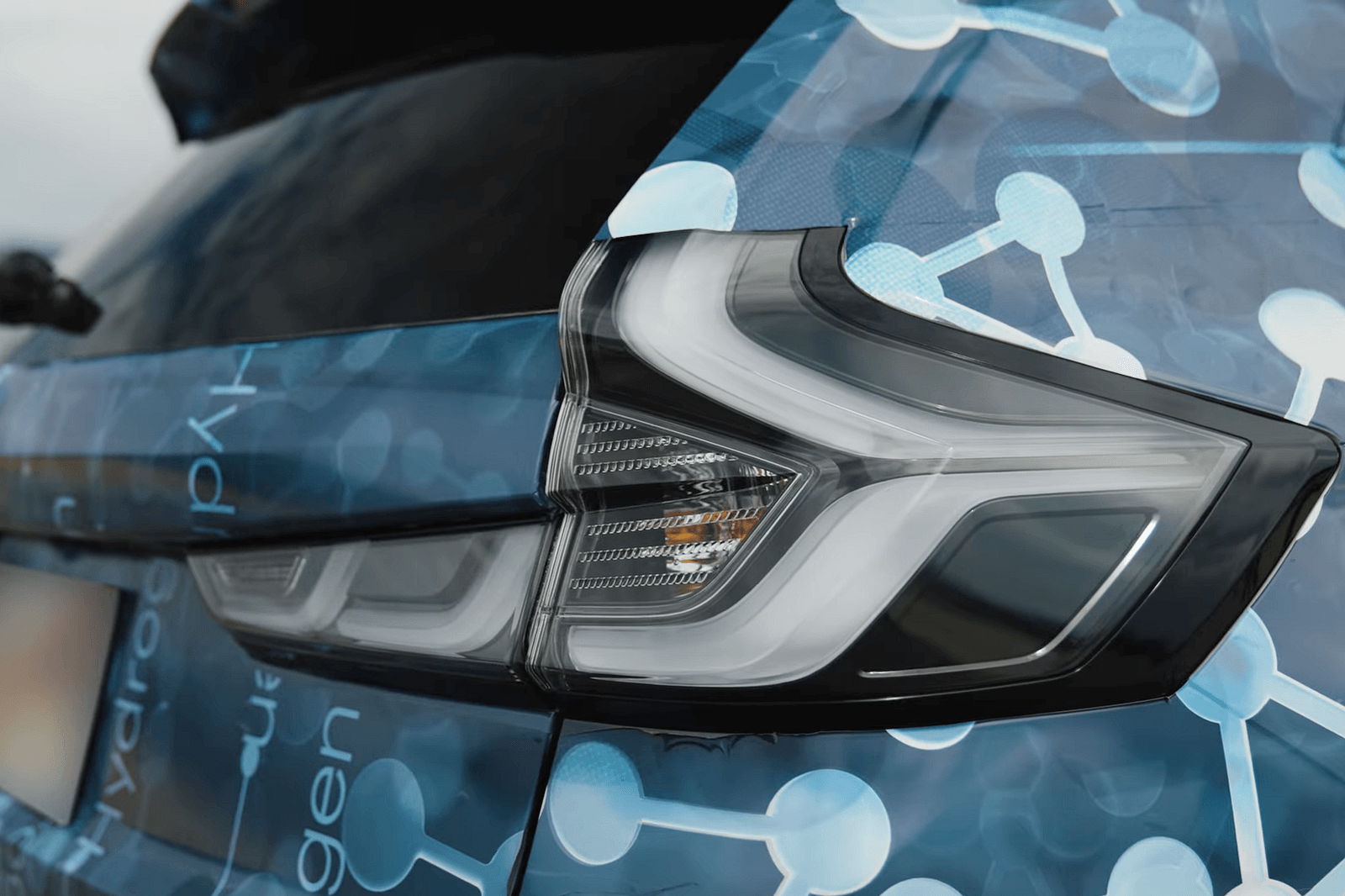
Honda has previously announced that their CR-V model will be the pioneering North American-made car to incorporate both fuel cell technology and a plug-in system into one vehicle.
Although the general structure of the CR-V FCEV may resemble that of a typical CR-V, there have been a number of alterations made. The front now sports a smaller radiator grille, with extra openings located just above the license plate bracket. This new design was likely implemented for aerodynamic reasons, but it is also probable that these slots serve to enhance cooling capabilities. Additionally, the rear light assemblies have been updated with clear lenses, setting this model apart from its internal combustion engine-powered counterparts.
Along with the fully electric Prologue, Honda drivers will soon have access to a diverse lineup of hybrid, battery-powered, and hydrogen-fueled cars. This offering will continue to grow with Honda’s new 0 Series models and the luxurious Sony Afeela sedan.
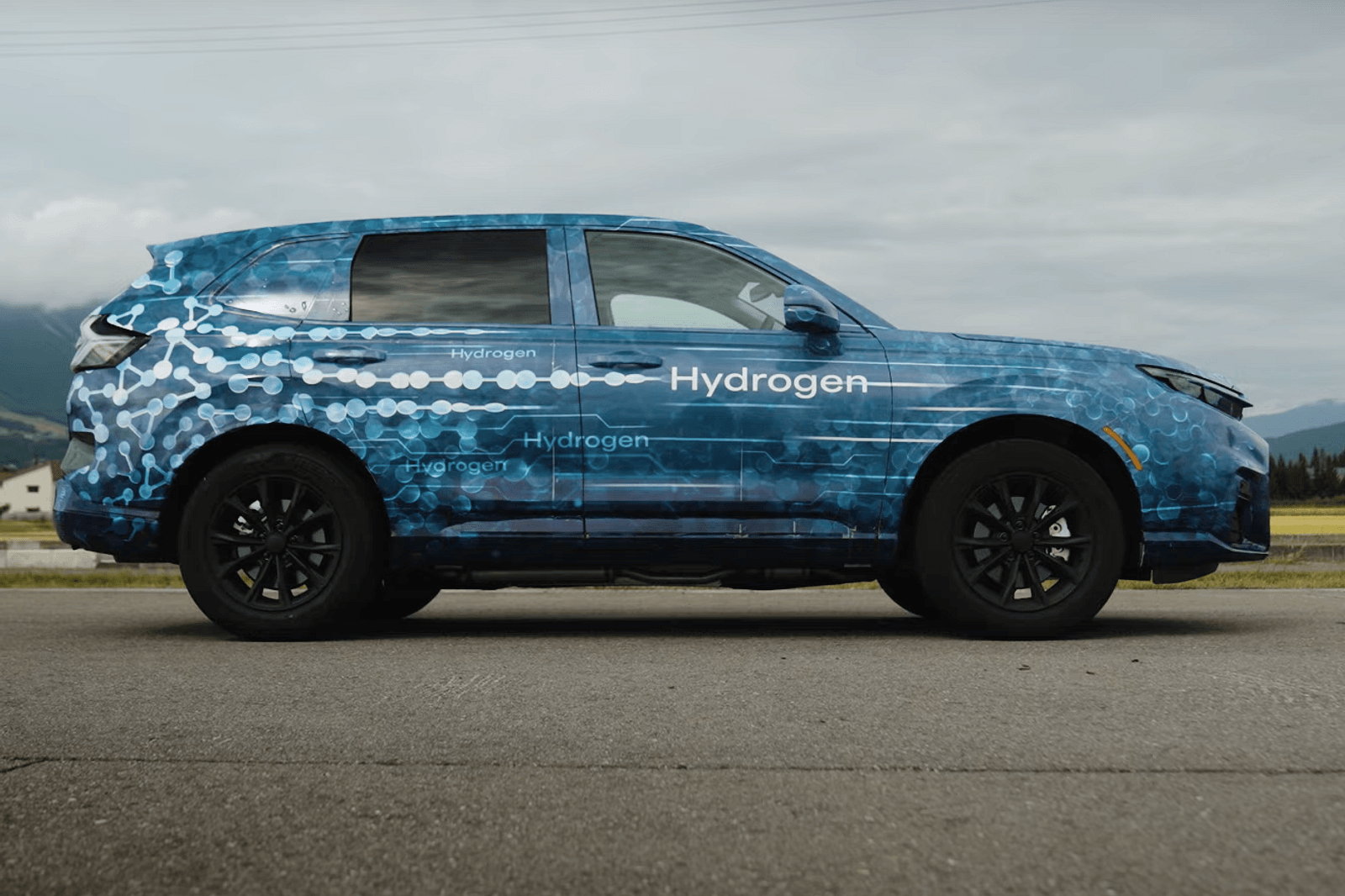

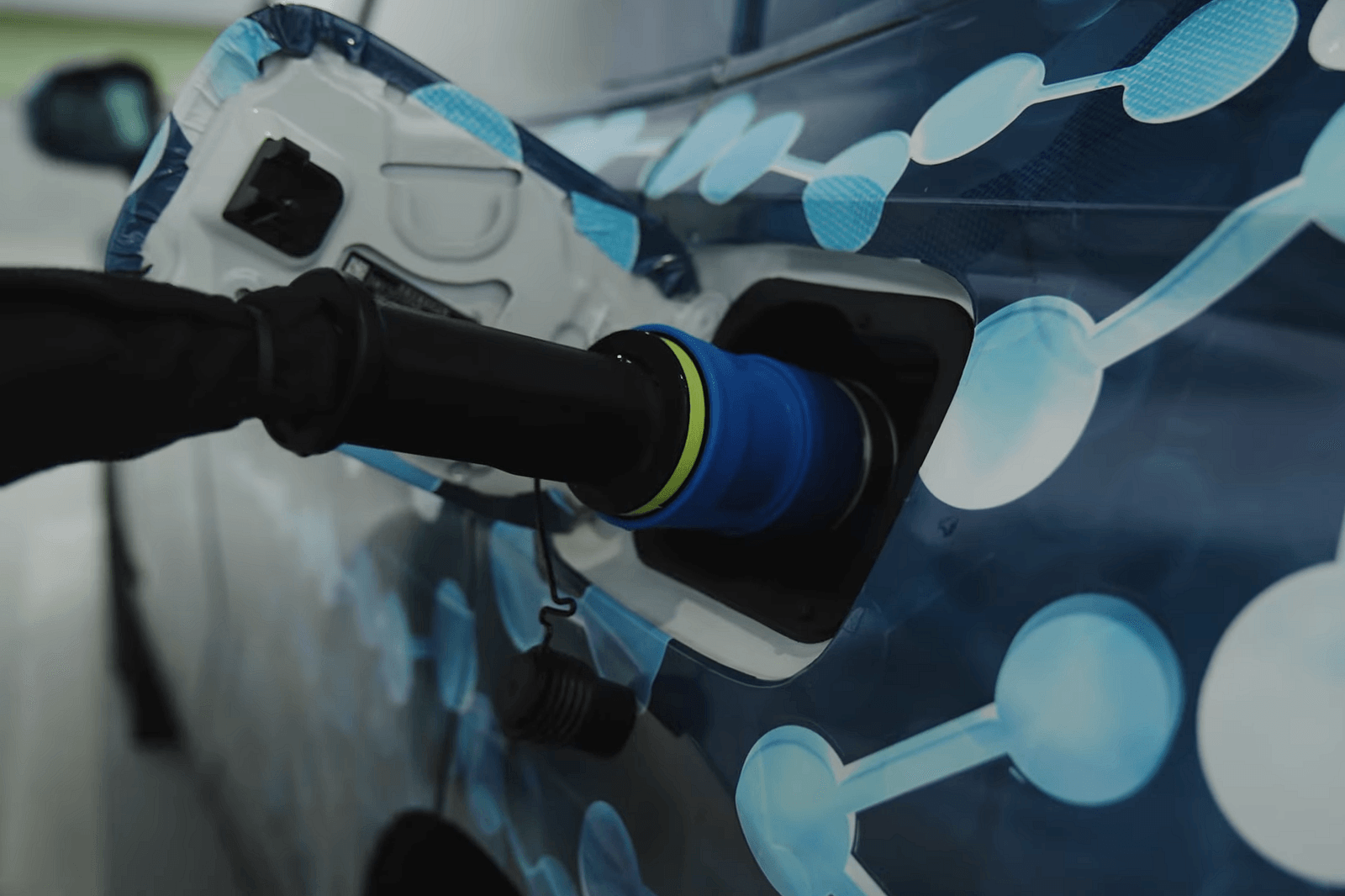
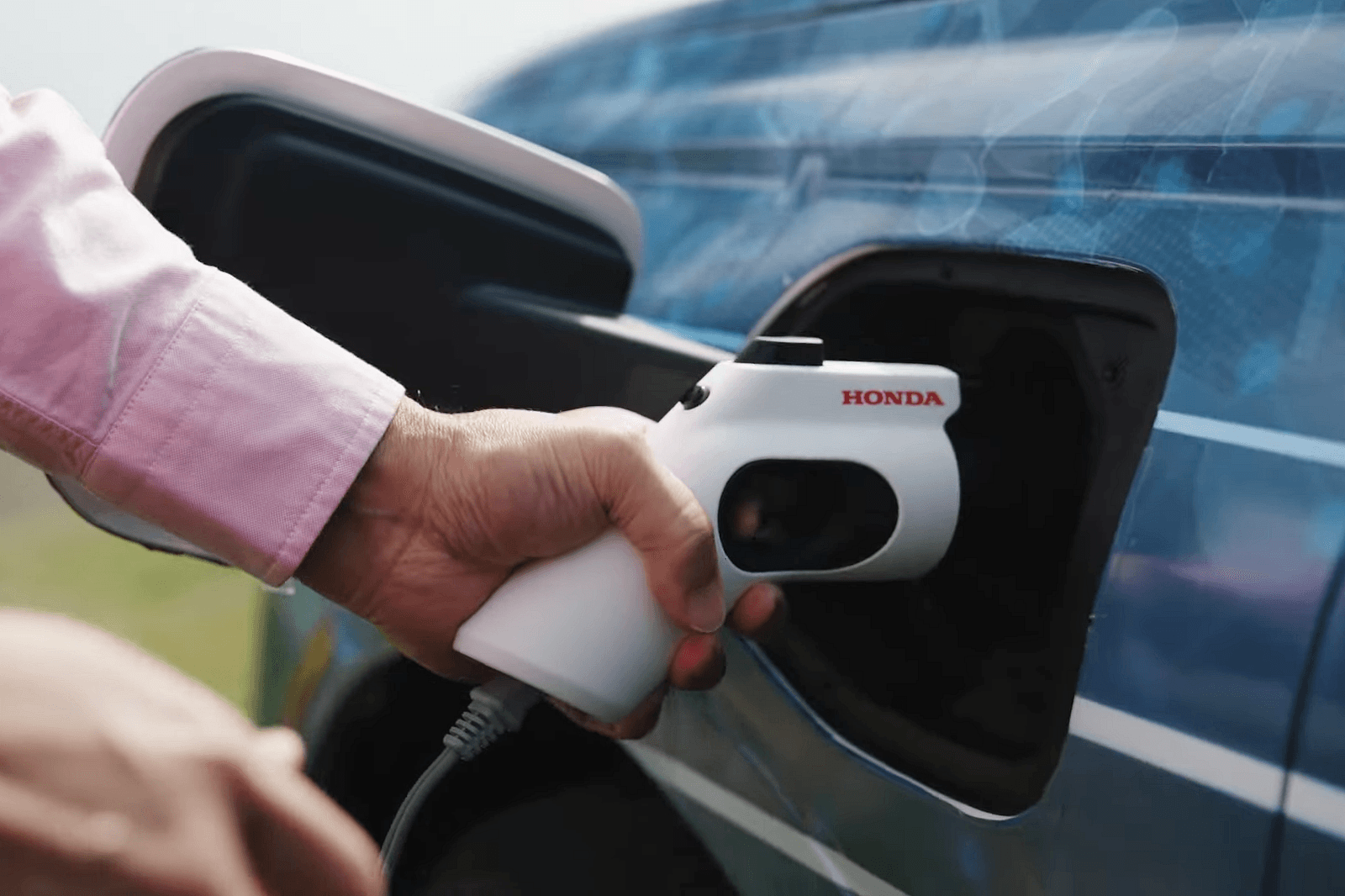

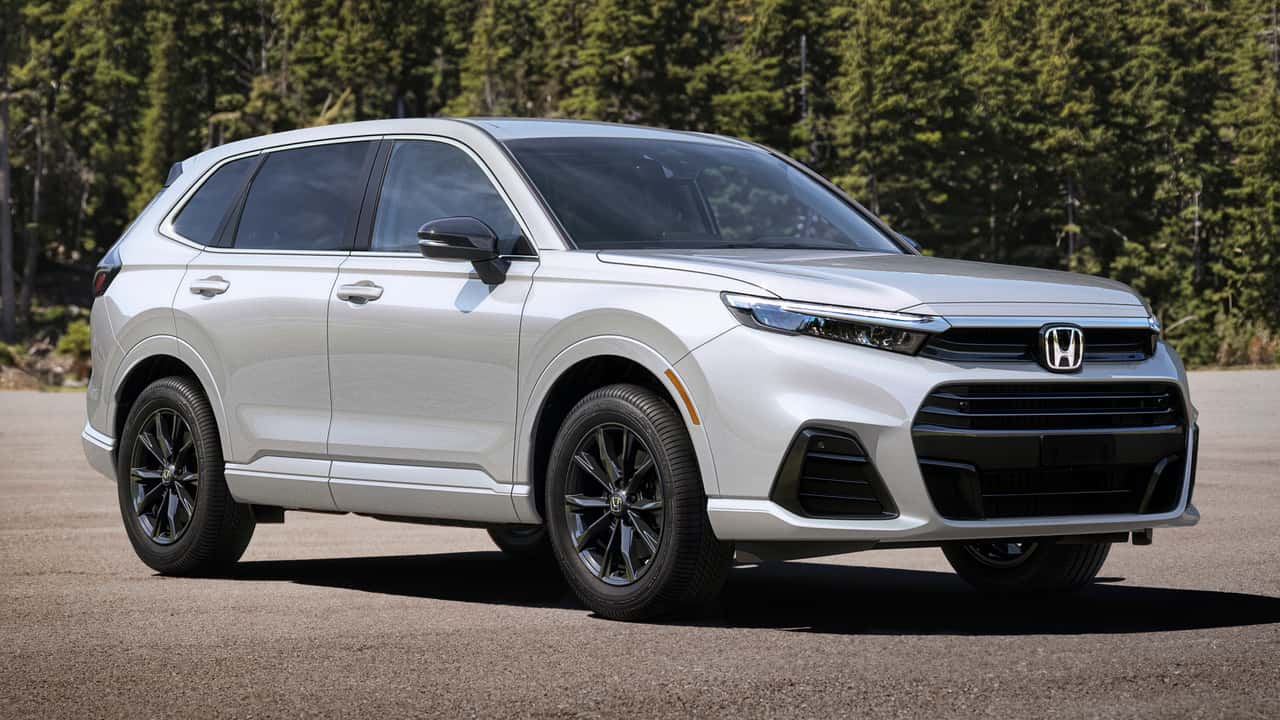
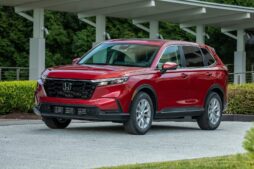



Thanks dessigned for sharing suchh a fwstidious idea, poset is good, thats
why i have reaad iit entirely